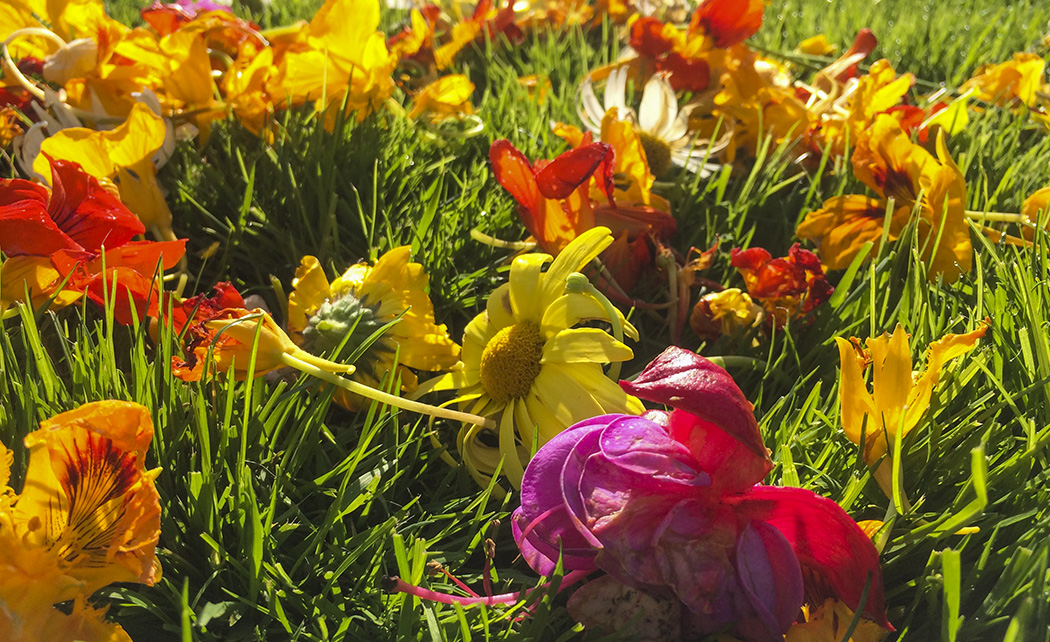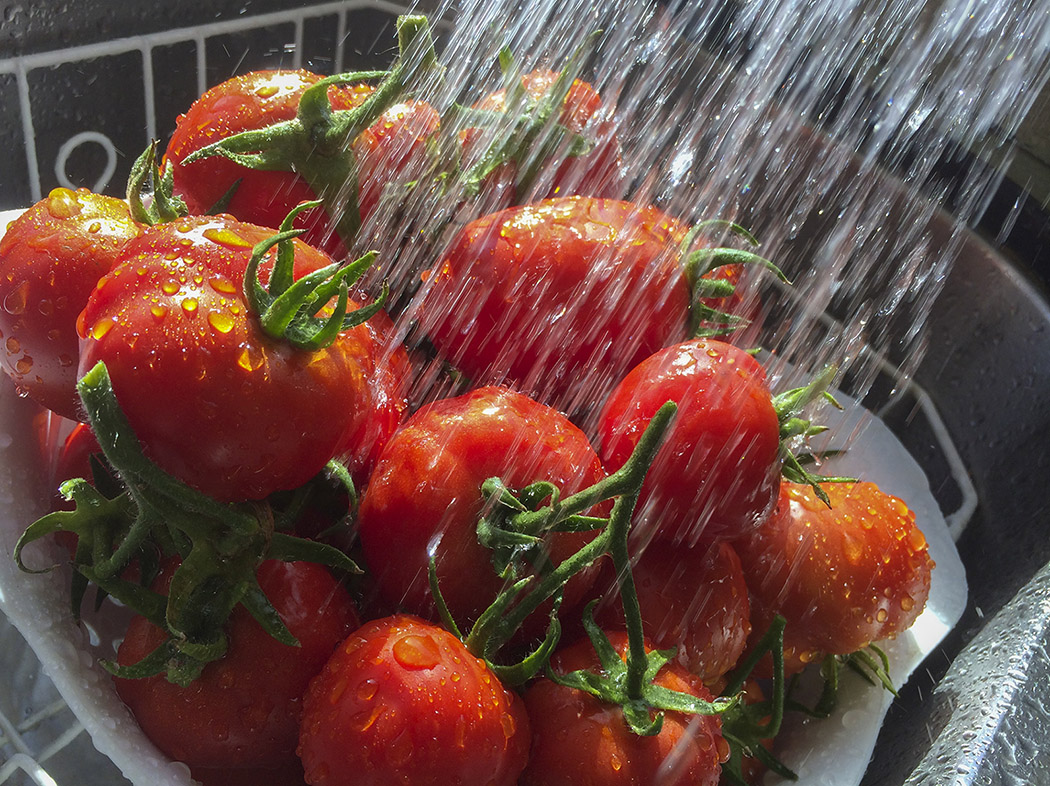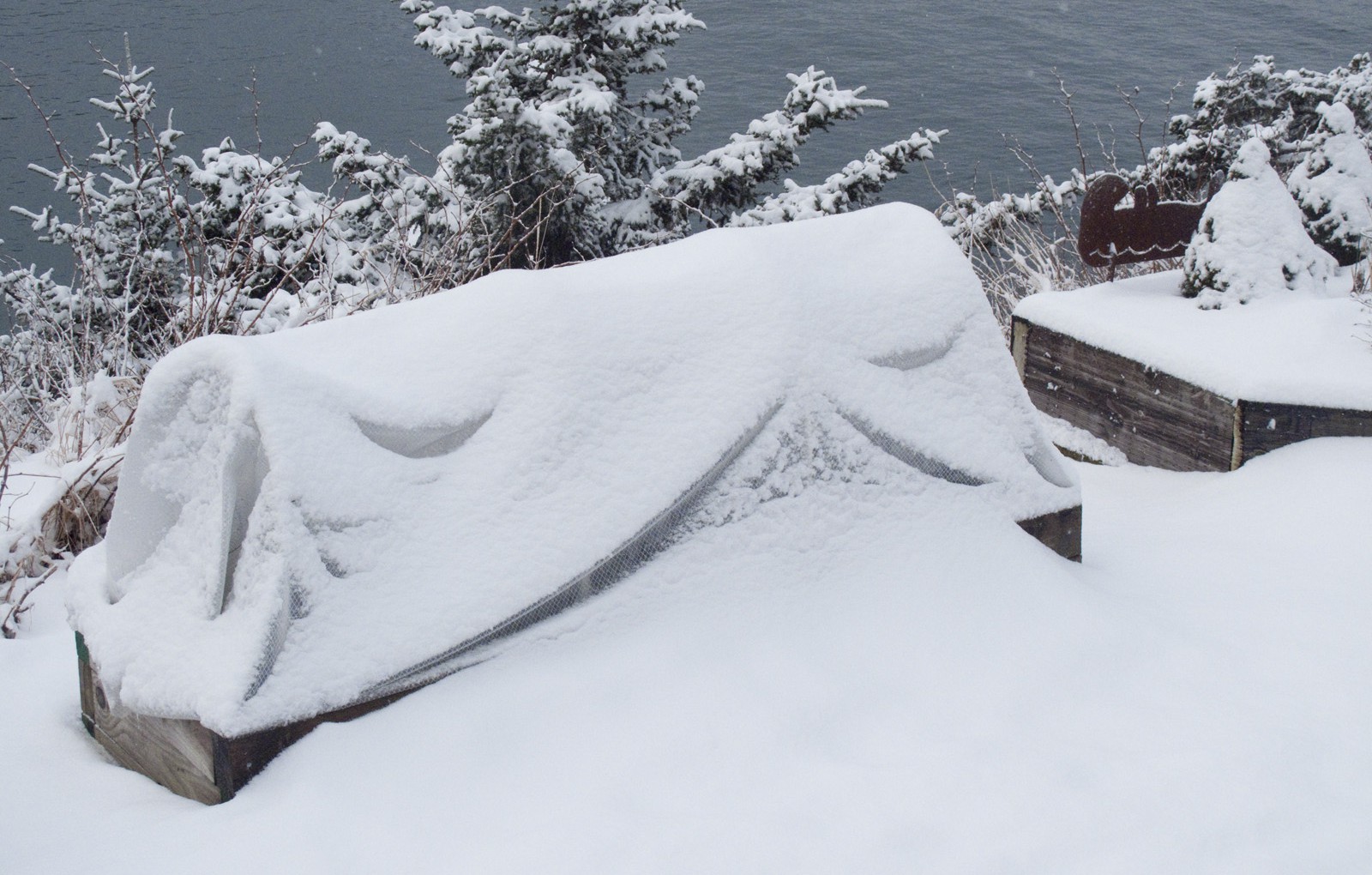To a plant, it’s all about light. Light is the magic engine that drives growth. It also drives my gardening activities here in Kodiak, Alaska. Not to poo-poo gardeners in the Lower 48, but during August, we lose a whopping two hours and 20 minutes of daylight. Poof. Just like that. So, what to do?
When summer wanes, it’s easy to throw in the trowel and think, “Ah, what’s the use. The season’s almost over.” But what if we were to face the end of summer thinking the best is yet to come? Call me a Pollyanna, but to this gardener-photographer, late summer and early fall brings rich smells and sweet light that feeds my soul…
North of the Mason-Dixon line, August is a giant tap on the shoulder. Many folks react by pulling back and devoting less time and attention to their yard and garden; even ignoring it altogether. Is it because school started? The silver salmon are running upstream? (we’re talking Kodiak, remember). Or is it because the flowers we planted in May and June are looking tired?
No matter where you park your wheelbarrow, don’t give up. Your yard will look much better, and you’ll enjoy a longer bloom and harvest season if you take care of a few things. Here are seven ideas to keep you enthused:
1. Your flowers worked hard all summer. Give a little back.
So it’s time to deadhead. Deadheading is like pulling old clothes out of your closet. Out with the old to make room for the new. If you want to increase bloom time and stretch it into the fall (who doesn’t?), continue to pinch, clip, and prune wilted flowers on a regular basis. Deadheading tidies up plants and it strengthens them, too. Don’t make deadheading a big deal. Just pick off faded blossoms of calendula, pansies and other annuals each time you walk by.
I like to deadhead flowers just before my husband Marty mows the lawn. I pinch off the flowers and toss them onto the grass. Pinch and toss; pinch and toss. The lawn mower shreds them up into invisible bits, which in turn, feed the lawn.

If you come across plants that are really done, then pull them out and add mulch (grass clippings, kelp/seaweed, cow manure, compost, whatever) to boost the depleted soil. Which brings me to a great way to compost. It’s really nothing new, our grandmothers used to do it: Whenever you have a blank space in the garden, dig a hole and add kitchen scraps, such as banana peels, coffee grounds, and egg shells. Cover with a few inches of soil and walk away. The worms and other soil creatures will take care of it, and silently thank you.
3. Perennials are crying for attention
Perennials come back every year (much to the dismay of garden centers) but like us, they need love and attention. Otherwise, growth will be stunted. In late summer, cut back tall plants like irises, lilies and delphiniums after blooming. This is also a perfect time to divide perennials and move shrubs and trees: The ground is warm, meaning roots have time to re-establish in their new home.
Special note: Oriental poppies should be all but done by now, and rather than leave the area looking like a bomb went off, follow the advise from the gardener who tended the Pioneer Home gardens in Sitka, Alaska for many years: Cut the stalks and the tallest of the leaves to within four inches of the ground. New, fuzzy green shoots will appear within a couple weeks and you’ll be on your way to healthy, strong plants for next year. Plus, the beds will look neatened up.
4. Potted plants: The last hoorah
For potted plants like fuchsia, dahlias and other late bloomers, they are getting tired. Days are growing shorter and the end is near. Keep pots evenly moist, but stop feeding. Still, rotate pots and hanging baskets so both sides can enjoy the sun.

If you have a high tunnel or greenhouse, keep up with the watering but be super careful. Too much moisture in the air causes grey mold and other diseases to explode and flourish. Irregular watering also causes plants to suffer. Tomatoes for example, can develop blossom end rot: a flat and darkened spot develops near the blossom end of a tomato and then spreads out over time. Continue to feed cucumbers and squash compost tea + kelp solutions that are high in many minerals, like potassium and phosphorus.
6. “V” is for veggies
Pick snap peas as they reach a tasty size. Don’t wait for some magic, do-it-all-at-once time. They are much sweeter when just ripe. Try pickling them. When broccoli (and later as their sister crops like cabbage and Brussels sprouts) stop producing, pull the plants out, roots and all, chop them up and put them on the compost pile. Thin carrots and other root crops, eat turnip greens and sow more salad greens while the soil is still warm. Make herb-garlic vinegar.
7. Putting in a good word (and recipe) for potatoes
It may be too early to harvest the main crop, but you can cheat a little and harvest early spuds. Slip your hand into the soil alongside the stem of a flowering spud and root around for young (new) potatoes. Don’t pull the plant out; you’re just sampling for early ones and leaving the rest to harvest later. Potatoes are a stem crop, so you’ll find the older and larger potatoes near the bottom; the still-forming ones closer to the soil surface.
At this point I want to share one of my favorite ways to prepare potatoes. I call them stained glass potatoes, a recipe I included in my 2014 wall calendar, “Flavors of Kodiak Island.” (The 2015 calendar is available as of August 1, 2014 through MarionOwenPhotography.com. To let your fingers do the walking through the pages online, click here).
STAINED GLASS POTATOES

- Small to medium-sized red or white potatoes
- Fresh herbs: sage, rosemary, oregano, thyme…
- Fresh, edible flower petals from pansies or calendula (my favorite)
Pre-heat oven to 350 degrees F. Cover a baking pan with a thin layer of olive oil. Sprinkle herbs and flower petals onto the oil. Cut potatoes in half and place them cut-side down on top of the herbs and flowers. Brush tops of potatoes with olive oil and bake for 30 to 45 minutes or until done. Sprinkle with sea salt and serve, cut side up.
THE LAST WORDS: You must admit, these seven gardening tasks are pretty simple and they don’t take much time. And the rewards are many. For one thing, (Ha!) your arms, abs and legs get a good workout, you spruce up your yard for you–and your neighbors–to enjoy. And oh yeah, when the first snow flies, you can smile, knowing that you did your best leading up to that point.

Did I miss the photo of the ‘finished’ Stained Glass potatoes? With my limited imagination, I might have to steal a few blossoms from my neighbor and make up a batch.
Oh, I know…I need to take that photo and post it!
beautiful 🙂
Thanks, Joshi. I’m enjoying your portrait work. Cheers to you!
Thank you for all the good season’s-end advice. Just one question: If I deadhead all my spent flower blossoms, won’t my bird friends miss having the seeds to eat during the winter?
Yes, Bonnie. You’re correct. I don’t deadhead everything so that I leave bunches of food for the birds.
Great advice for gardens everywhere and a beautiful sunrise photo! Peace.
Thanks, Rich. I write a weekly garden column, but it can be a challenge to blog it, what with so many different conditions. But, that’s the beauty of blogging. Cheers to you!